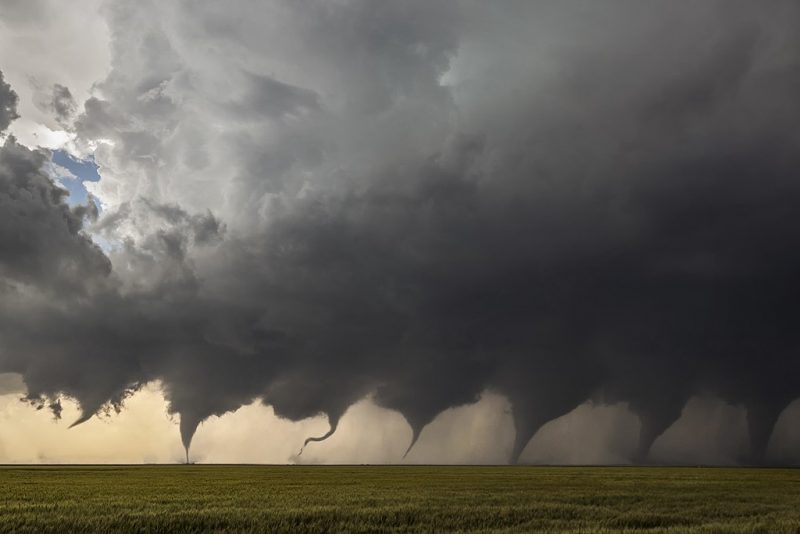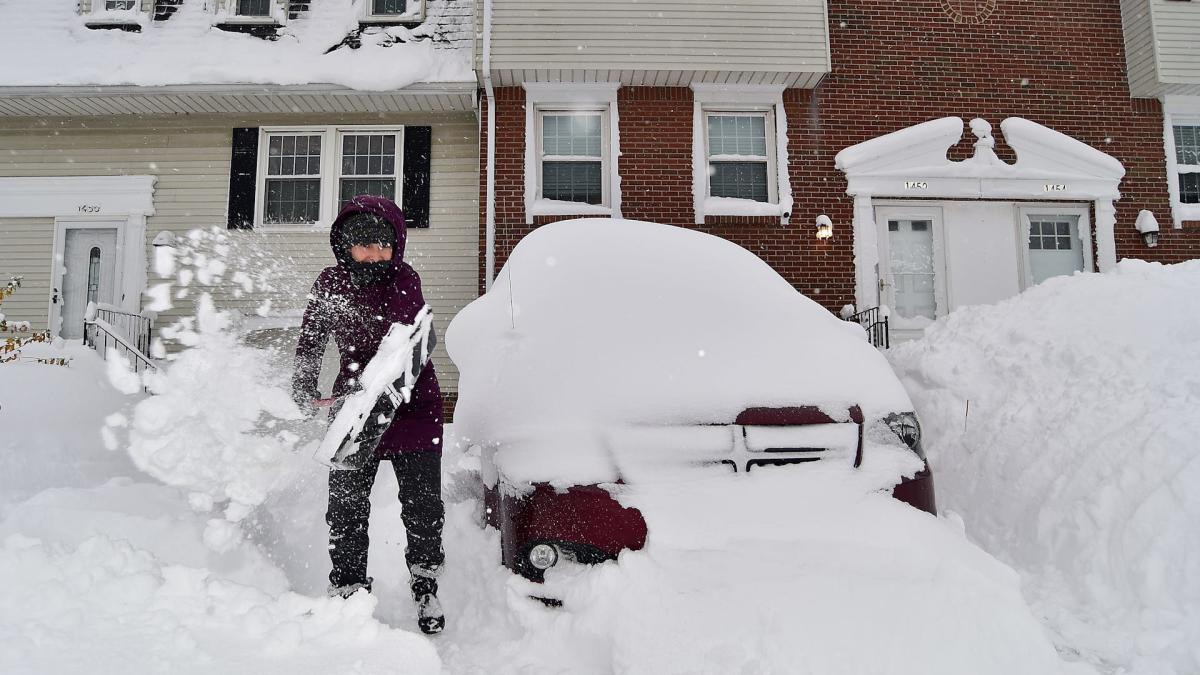As spring transitions into summer, millions of people across the central and eastern United States are once again facing the annual threat of severe weather. This period, known for its unpredictable storms, brings a heightened risk of damaging winds, hail, flash flooding, and tornadoes. While these natural phenomena have become a somewhat expected seasonal event, the increasing frequency and intensity of severe weather episodes have raised serious concerns about safety, preparedness, and resilience across a vast region.
The Geography of Risk
The central and eastern US, spanning from the Great Plains through the Midwest and into the Appalachian and Atlantic regions, lies at a crossroads of meteorological forces. Warm, moist air masses from the Gulf of Mexico collide with colder, drier air descending from the north or west, creating the perfect conditions for thunderstorms. These thunderstorms can evolve quickly, producing everything from heavy rains and hail to destructive tornadoes and intense wind gusts.
States such as Oklahoma, Kansas, Missouri, Illinois, Indiana, Ohio, Kentucky, Tennessee, and stretching eastward to the Carolinas and parts of the Northeast, regularly face these severe weather threats. This geographic spread includes a mix of urban centers, suburban areas, and rural communities, each with unique vulnerabilities.
Why This Year’s Risks Are Concerning
Several factors have contributed to concerns that this season’s severe weather could pose an especially high risk to life and property. One of the main reasons is the notable increase in the variability of weather patterns in recent years, driven in part by climate change. Although the exact influence of climate change on tornadoes and thunderstorms is still an active area of research, there is growing evidence that warmer temperatures and higher humidity levels can fuel more intense storms.
Additionally, population growth and urban sprawl mean that more people live in areas that can be impacted by severe weather. Suburban development often pushes into previously rural or undeveloped land, sometimes encroaching on natural flood plains or regions prone to wind damage. This expansion increases the number of homes, businesses, schools, and infrastructure at risk.
The Threats in Detail
Tornadoes: Perhaps the most feared element of severe weather in this region is the tornado. Tornado Alley—primarily the central plains—has long been infamous for tornado activity, but significant tornado events are increasingly recorded farther east, into the Midwest and the Southeast. Tornadoes can cause catastrophic damage in minutes, ripping roofs off houses, tossing vehicles, and uprooting trees. Their unpredictable paths and sudden formation require residents to stay vigilant and have plans in place.
Damaging Winds and Hail: Severe thunderstorms often bring violent straight-line winds and hail, which can be just as destructive as tornadoes. Winds exceeding 60 miles per hour can topple trees, knock down power lines, and cause structural damage. Large hailstones can shatter windows, ruin crops, and dent vehicles, leading to costly repairs.
Flash Flooding: Flash flooding is a frequent and deadly hazard associated with severe storms, especially when heavy rains fall over a short period. Urban areas with limited drainage and regions with saturated soils are particularly vulnerable. Flash floods can sweep away cars, inundate homes, and cause significant disruptions.
Preparing for the Storm
Given these dangers, preparedness is essential. Across the central and eastern US, local governments, emergency management agencies, and community organizations work year-round to educate residents on how to prepare for severe weather. Public awareness campaigns emphasize the importance of having emergency kits, knowing safe shelter locations, and having multiple ways to receive weather warnings.
Many residents invest in weather radios or smartphone apps that provide real-time alerts from the National Weather Service. Schools and workplaces conduct tornado drills and have clear protocols for moving people to safe areas during a warning. Additionally, storm shelters and safe rooms are becoming more common in tornado-prone communities.
Challenges in Warning and Response
Despite advances in forecasting technology and communication, warning people in time remains a challenge. Severe storms can develop quickly, sometimes leaving only minutes to seek shelter. False alarms, while necessary to err on the side of caution, can lead to complacency if warnings become routine without resulting in severe events.
Communication disparities also exist in rural areas or among disadvantaged populations who may lack access to timely information. Language barriers, lack of trust in authorities, or physical disabilities can further complicate effective emergency response.
Impact on Infrastructure and Economy
The toll of severe weather extends beyond immediate physical damage. Power outages caused by storms can last for days or weeks, affecting hospitals, water treatment plants, and businesses. Transportation networks are disrupted, delaying goods and services. Agricultural sectors suffer when crops are destroyed by hail or floods, threatening food supply chains.
Insurance claims related to weather damage have been rising, and rebuilding after major storms can strain local economies. For many families, storm damage means unexpected financial burdens and displacement from their homes.
Building Resilience for the Future
With the growing risks, communities are investing in resilience strategies. This includes improving building codes to make homes and commercial structures more resistant to wind and hail damage. Floodplain management policies are strengthened to prevent construction in high-risk flood zones.
Nature-based solutions, such as restoring wetlands and forests, help absorb stormwater and reduce flooding impacts. Local governments also coordinate better with state and federal agencies to streamline disaster response and recovery efforts.
Education remains a cornerstone of resilience. Teaching children and adults about weather safety, the science behind storms, and community emergency resources empowers individuals to take protective action.
Personal Responsibility and Community Spirit
While government and experts play vital roles, personal preparedness is ultimately key to survival and minimizing damage. Having a family emergency plan, knowing where to shelter, and having essential supplies like water, food, flashlights, and medications ready can save lives.
Neighbors helping neighbors is another important aspect. In the aftermath of storms, community solidarity often proves crucial for recovery. Volunteer groups, faith-based organizations, and informal networks assist those who have lost homes or lack resources to rebuild.
Looking Ahead
The reality is that severe weather in the central and eastern US will continue to pose risks. Scientific advances in forecasting are improving lead times, but nature’s power can never be fully controlled or predicted. The best defense remains a combination of preparedness, education, infrastructure resilience, and community cooperation.
For the millions who live in this vast and varied region, each storm season is a reminder of nature’s might and the need to remain vigilant. By learning from past events and continuously improving strategies, these communities can better protect lives, property, and livelihoods against the storms ahead.




